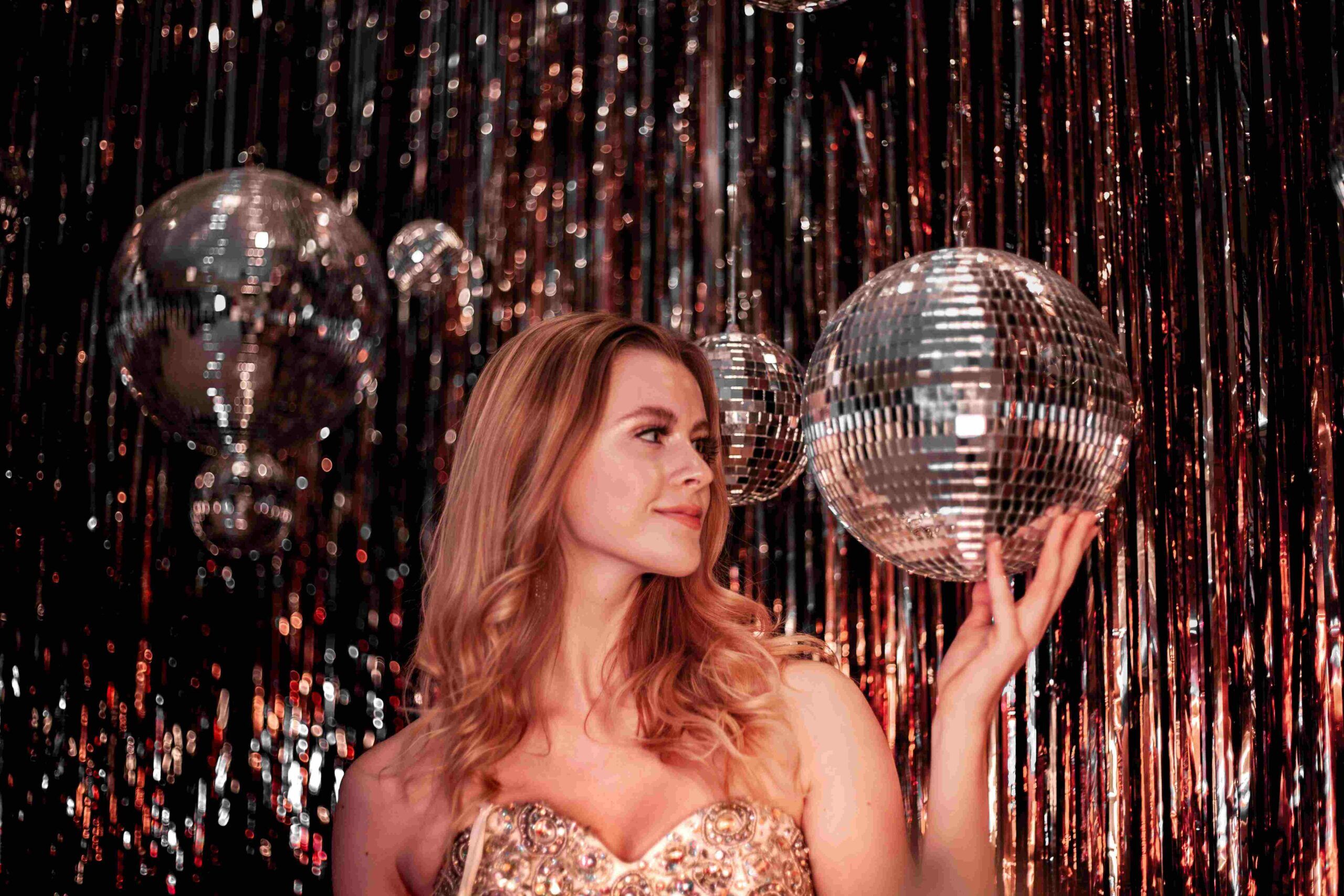
Met Gala 2025: A Dazzling Fusion of Fashion, Futurism, and Fantasy
Article Level: C2
Explanation: The article explores the Met Gala 2025, highlighting its futuristic theme, innovative fashion, and focus on sustainability. With AI-enhanced designs and immersive exhibits, the event blended technology, ethics, and art, redefining modern couture and cultural expression.
Commonly Used Words from the Article
-
Opulent /ˈɒpjʊlənt/ (adj): Rich and luxurious in appearance or lifestyle.
The Met Gala is renowned for its opulent displays of haute couture.
-
Avant-garde /ˌævɒ̃ˈɡɑːd/ (adj): Radically new or experimental in nature, especially in art or fashion.
Her avant-garde gown challenged traditional ideas of elegance.
-
Sustainability /səˌsteɪnəˈbɪlɪti/ (noun): The ability to maintain or support a process without depleting resources.
Designers focused on sustainability by using lab-grown fabrics.
-
Immersive /ɪˈmɜːsɪv/ (adj): Deeply engaging or involving, often using technology or sensory elements.
The exhibition offered an immersive VR journey through time.
-
Motif /məʊˈtiːf/ (noun): A recurring theme or element in art or design.
Time travel was a recurring motif in many of the evening’s outfits.
Audio File of the Article
Read more: Met Gala 2025: A Dazzling Fusion of Fashion, Futurism, and Fantasy

Met Gala 2025: A Dazzling Fusion of Fashion, Futurism, and Fantasy
The Met Gala 2025, held on 5 May at the Metropolitan Museum of Art in New York City, once again reaffirmed its status as the most opulent and influential event in the fashion calendar. With this year’s theme, “Temporal Realms: Fashion Through the Ages of Tomorrow”, the evening challenged attendees to reimagine time itself through haute couture, pushing the boundaries of imagination and craftsmanship.
Co-chaired by Zendaya, Timothée Chalamet, Rihanna, and British designer Stella McCartney, the gala was a breathtaking spectacle that blended futuristic elements with historical motifs. From dresses inspired by Renaissance armour fused with metallic cyborg aesthetics, to AI-integrated accessories that changed colour or shape during the evening, the red carpet became a living canvas of narrative-driven fashion.
Zendaya stunned in a structured electric-blue gown that shifted shades with movement, evoking the illusion of twilight morphing into midnight. Rihanna, never one to disappoint, floated in wearing a sculptural white ensemble that resembled a futuristic bridal veil fused with Baroque drama. These bold interpretations captivated not just the guests but fashion critics worldwide, as social media buzzed with real-time reactions and predictions for future trends.
Notably, sustainability remained central. Several designers used upcycled materials, including pre-20th century textiles digitally enhanced with nanotechnology. McCartney, an advocate for ethical fashion, showcased an avant-garde collection crafted entirely from lab-grown fabrics—an effort that received wide acclaim.
Inside the museum, guests were treated to an immersive exhibition curated by Andrew Bolton, tracing the evolution of speculative fashion from Victorian fantasy to digital couture. The installations featured holograms, scent-enhanced displays, and virtual reality walk-throughs of imagined wardrobes of future civilisations.
While the fashion naturally took centre stage, the Met Gala also spotlighted the growing intersection of fashion with technology, environmental consciousness, and cultural commentary. It’s no longer merely an exhibition of luxury, but a multi-dimensional platform where innovation, ethics, and art collide.
As always, the Met Gala 2025 reminded us that fashion is more than fabric—it’s a reflection of who we are, who we’ve been, and who we might become.

Grammar Notes
-
Focus: Complex Sentence Structures and Past Perfect Tense
The article uses a variety of complex sentence structures, often employing relative clauses, past perfect, and passive voice for stylistic depth. For example:
“Several designers used upcycled materials, including pre-20th century textiles digitally enhanced with nanotechnology.”
Grammar Point: Past Perfect Tense
The past perfect tense is used to describe an action that occurred before another action in the past.-
Example: The Met Gala 2025 had already begun when the celebrities arrived.
Form: had + past participle
Use it to show chronological order when two past events are mentioned.
-

Five Questions Based on the Article
-
What thematic elements defined the Met Gala 2025, and how were they reflected in the attendees’ outfits?
-
How did technology play a role in this year’s Met Gala fashion?
-
In what ways did the gala promote sustainability and ethical fashion?
-
What was unique about the exhibition curated by Andrew Bolton inside the museum?
-
According to the article, how has the purpose of the Met Gala evolved in recent years?

We’d love to hear your thoughts! Join the conversation by leaving a comment below. Sharing your insights, questions, or experiences can help you connect with others in our English learning community. It’s a great way to practice your English skills, engage with like-minded individuals, and improve together. Don’t be shy—jump in and let’s keep the discussion going!

 EnglishMasteryHub
EnglishMasteryHub